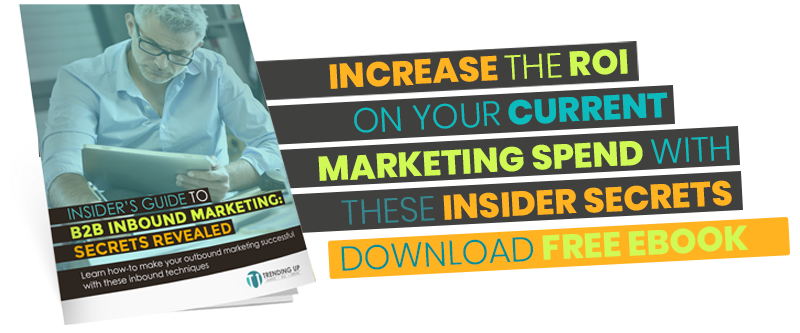You’ve identified a quality lead, connected with them and built trust through educational, customer-centric content, and explored solutions along with them. As your buyer goes through their buyer’s journey and you've followed the steps in the Empowered Sales Methodology, the next step is clear: advise them and close the sale. But how?
There is plenty of advice out there on how to close a sale. But negotiating is the step that comes first. As a salesperson, using any of these phrases while negotiating with a quality, qualified potential customer is a great way to make them look elsewhere for a solution.
“Let’s talk about the details later.”
As a [far too experienced] buyer, I can tell you that this is one of the first red flags that will drive me away and to a competitor. The details are what sets you apart. The details are what convinces me, the buyer, of the worth of your product and its value to me. If you’re trying to bypass the details, it makes me believe that you’re hiding something in the fine print that you’d rather I didn’t see.
Instead, lay out the details of the product, service, or package that you’re recommending - and how each will help me solve my business issues.
“This is my final offer.”
Assuming you’ve been following a consultative sales process throughout your trust-building with me, your prospect, the negotiation is a continuation of the conversation. By putting up an ultimatum like “This is my final offer,” you’re not offering solutions - now you’re making the sale the top priority.
Instead, offer many solutions to me. I know my priorities and my business concerns; you enabling me by being flexible empowers me to make the best decision while keeping the relationship with you as the salesperson open and honest.
“Between”
Often, you’ll be tempted to give a range of prices to me as a prospective buyer; it’ll lessen the blow of the higher number that you actually want me to go for, right? The issue here is that I, your buyer, will always focus on the lower number. It will anchor my perception of the product’s value.
Instead, simply be straightforward about the solution - and the pricing - that you’ve already discussed with me.
“How about a lower price?”
Related to “between,” this phrase also has an affect on the buyer’s perception of value. For example, a retail store that never sells clothing at full-price will have a hard time convincing consumers to pay full price for a new clothing line it releases. The expectation has been set that the price will be lowered, and the clothing is actually worth less to me, the buyer. Similarly, if you as a salesperson offer a lower price as your first negotiation tactic, you’re lowering the value of the product in the eyes of your buyer.
Instead, reiterate the value I will receive from your business or service - and the cost of not purchasing.
“I really need to finalize this today.”
We have a tendency to focus on our own pressure, on the reasons why we need to make a deal. That is, after all, the clearest picture you have. However, consultative salespeople are focused on what’s best for the buyer - both the timing and the solution to their problem. That’s part of the diagnostic stage of growth-driven sales.
Instead, successful negotiators ask, "What is the pressure on the other side in this negotiation?" You will feel more powerful when you recognize the reasons I have to say “yes.”
“Honestly, Alicia...”
This, and any other patronizing phrase that makes me, the listener - your potential customer - feel dumb, should be avoided at all cost. Assuming that I don’t understand my own problem acutely (the entire reason I’m looking for a solution!) is condescending and will leave me searching for another provider who respects me as a person and a buyer.
Instead, keep the focus on the buyer. Respect that they’re searching for a solution provider, and make it clear that you have their best interests in mind.
Start your consultative sales process with inbound marketing. Learn how you can transform your traditional outbound sales and marketing methods to inbound with this ebook.




